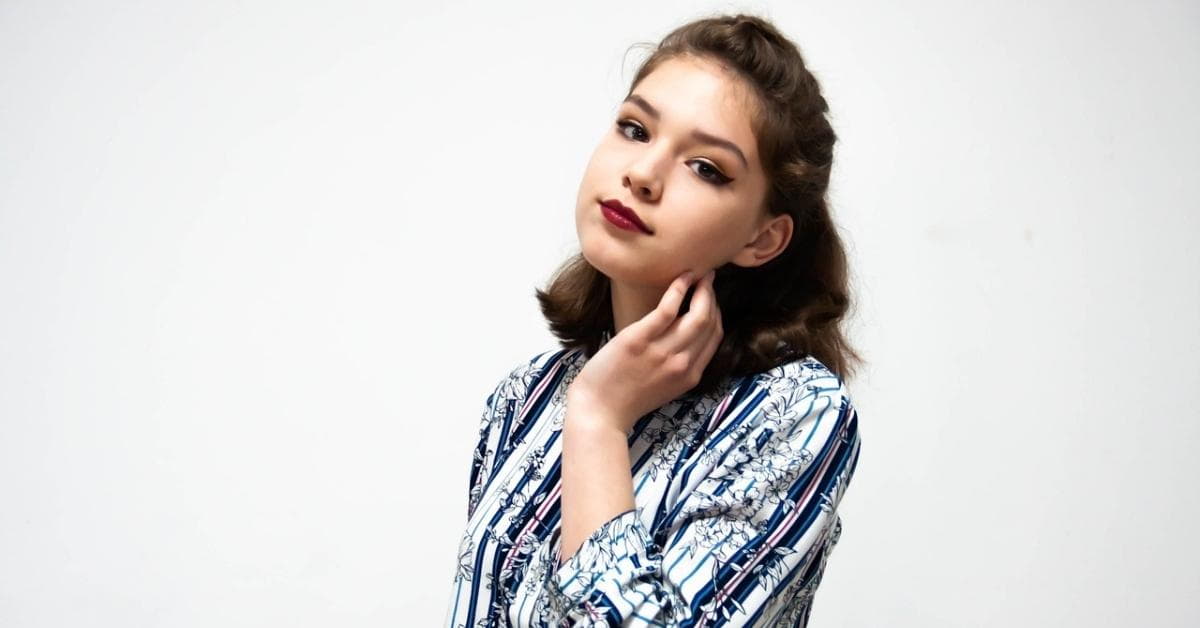In the era of digital photography and social media, the demand for model retouching has skyrocketed. Models and influencers are constantly under the spotlight, and looking flawless is crucial. However, the perception of beauty is evolving, and people are now more inclined towards a natural, authentic appearance.
This is where model retouching steps in, offering a way to enhance the beauty of models and products without resorting to drastic measures. In this article, we will explore the world of model retouching, its techniques, benefits, and ethical considerations.
What is Model Retouching?
Model retouching, also known as beauty retouching, is the process of enhancing a model’s appearance using photo editing. It involves correcting imperfections, improving skin tone, and enhancing features to achieve a desired aesthetic.
The Importance of Organic Retouching
Organic retouching prioritizes maintaining the natural look of the model. It involves subtle adjustments to ensure that the model still looks like themselves, just at their best. This approach is gaining popularity as people embrace authenticity.
Techniques Used in Model Retouching
- Skin Smoothing: One of the primary techniques in model retouching is smoothing the skin. This involves reducing the appearance of wrinkles, acne, and other imperfections while preserving the natural texture.
- Color Correction: Adjusting the colors in an image can enhance the model’s skin tone and overall appearance, making it more visually pleasing.
- Blemish Removal: Any visible blemishes, scars, or unwanted marks are removed while ensuring that the model’s distinctive features are preserved.
- Body Contouring: Model retouching can subtly adjust the body shape to create a more harmonious look. However, this should be done ethically and with the model’s consent.
- Background Enhancements: Backgrounds can be enhanced or altered to make the image more engaging and aesthetically pleasing.
Benefits of Model Retouching
- Professional Presentation: Model retouching elevates the overall quality of images, making them suitable for use in advertising, fashion, and editorial content.
- Improved Product Visibility: In e-commerce, model retouching helps products stand out, as the focus remains on the item being showcased.
- Time Efficiency: Retouching can save time that would otherwise be spent on extensive makeup and post-production work during photoshoots.
- Consistency: It ensures a consistent and cohesive visual style across a brand’s marketing materials.
Ethical Considerations for Model Retouching
While model retouching offers numerous advantages, it’s essential to approach it ethically:
- Realistic Standards: Avoid excessive retouching that promotes unrealistic beauty standards.
- Transparency: Disclose when images have been retouched to maintain trust with the audience.
- Informed Consent: Obtain the model’s consent and involve them in decisions regarding retouching.
Conclusion
Model retouching is a valuable tool in the world of photography and visual content creation. When used ethically and responsibly, it can enhance the beauty of models and products while maintaining authenticity. By understanding the techniques, benefits, and ethical considerations of model retouching, you can make informed decisions to create stunning visuals that leave a lasting impression without compromising on natural beauty.
FAQs on Model Retouching
Most professional retouchers use Adobe Photoshop and Adobe Lightroom for model retouching. These software tools offer extensive features for image enhancement.
Model retouching is a tool that can be used both ethically and unethically. Ethical retouching enhances natural beauty, while unethical retouching can promote unrealistic beauty standards. It’s important to use retouching responsibly.
Look for retouchers with a portfolio that reflects the natural, organic style you desire. Check reviews and ask for recommendations from photographers or models in your network.
Before starting a retouching project, discuss the desired level of retouching, specific changes needed, and the overall aesthetic. Communication is key to achieving the desired results.
To maintain a natural look, focus on subtle enhancements, avoid excessive smoothing, and preserve facial features. Less is often more when it comes to organic retouching.
This page was last edited on 18 February 2024, at 12:23 pm
